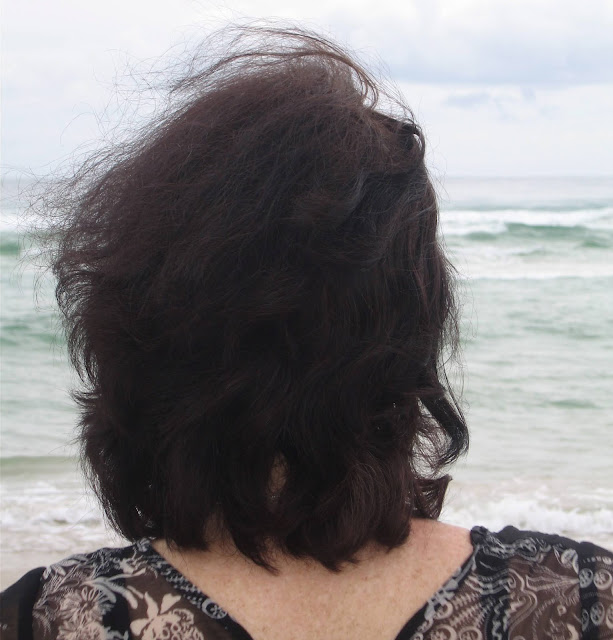 |
| Deborah Klein, current work in progress, a triptych as yet untitled. Acrylic on linen, 40.5 x 30.5 cm (each panel). |
I have to stay alone in order to fully contemplate and feel nature. The painter should paint not only what he has in front of him, but also what he sees inside himself.
- Caspar David Friedrich
Recently I discovered by sheer chance that the dominant motif in my work for well over two decades has a name. It’s “Rückenfigur”, or “figure seen from the back”. Why did I not know this before? The subject dates from antiquity, but the term originated in the German Romantic Movement of the 19th century and is most closely associated with the painter Caspar David Friedrich, whose work I’ve long admired. In fact, his paintings were the main catalyst for my current body of work, a series of anonymous figures I call “Journeywomen”.
 |
| Caspar David Friedrich, Wanderer above the Sea of Fog, 1818. Oil on canvas, 94.8 x 74.8 cm, Kunsthalle Hamburg. |
The history of figures viewed from behind spans the entirety of visual culture, including graphics, cinema and photography. Among the painters who have employed the Rückenfigur in their works are Rene Magritte, Man Ray, Salvador Dali, Gustave Courbet, Jean-Auguste-Dominique Ingres and, most notably and consistently, another of my favourite artists, Vilhelm Hammershøi.
 |
| Vilhelm Hammershoi, Interior with Young Woman Seen from the Back, 1904. Oil on canvas, 60.5 x 50.5 cm, Randers Museum of Art. |
What's in a name? That which we call a rose
By any other name would smell as sweet.
- William Shakespeare, Romeo and Juliet, ca 1597.
I’m fairly well versed in the ever-evolving history of “rear view portraits,” yet this feels like a real light bulb moment. I am amazed at how empowering it is to to know that there is a collective name for them. To my mind, it validates and unifies this somewhat scattered tradition. Moreover, the Rückenfigur addresses a particularly divisive time in our history, when our state of disconnection - from ourselves, from each other and from the natural world - seems greater than ever before.
Only connect! That was her whole sermon. Only connect the prose and the passion, and both will be exalted, and human love will be seen at its height. Live in fragments no longer. Only connect, and the beast and the monk, robbed of the isolation that is life to either, will die.
– E. M. Forster, Howards End, 1910.
Photo credit for above image: Shane Jones.

